Description
Burma Spore Swab Pack
Disclaimers
When you buy Burma mushroom swabs, be aware that they’re considered “active spores” which are for microscopy purposes only. DO NOT CONTACT US ABOUT ANYTHING REGARDING CULTIVATING OR GERMINATING ACTIVE SPORES.
Shipping is unavailable to California, Idaho, & Georgia. These 3 states strictly prohibit the possession of spores from psilocybin and psilocin producing mushroom species. We will refuse and void any orders made to these 3 states. Furthermore, any payments made for orders to CA, ID, or GA will incur a $5 cancellation fee.
The provided images are for informational and educational purposes only and are used as a reference point only. We acquire all images and spores from outside, trusted sources in a legal manner. We also do not condone or participate in the cultivation of psilocybin or psilocin producing mushroom species.
When you buy Burma spore swabs, visibility is dependent on the characteristics of the spores themselves. As a result, not all spore swabs will look the same visibly. Despite any visible differences, they are still viable for microscopy research.
Origin Information
Why Buy Our Burma Swabs?
We strive to provide you with quality Burma spore swabs. We make and package the all of the Burma spore swabs in front of Laminar Flow Hoods with HEPA filters. These HEPA filters have an efficiency rating of 99.97%. Meaning that the filter removes 99.97% of particles in the air.
- Ships next business day
- Discreet packaging
- Spore swabs remain viable for a few years
- Store spore swabs in the fridge or a cool, dry place
- Do not freeze
Microscopic Features:
Burma Mushroom genetics have dark purple to blackish spores. The spores shape is subellipsoid (ellipse) and present on 4-spored basidia as well as . The spore prints from Burma Cubensis are purple and dark purple. They are usually with smaller to medium caps usually 25-50mm in diameter.
Burma Mushroom Swab Pack Contents
Each spore swab will come with:
- 2 sterile swabs of P. Cubensis “Burma” strain
- 1 alcohol prep pad
- 1 sticker (1 per order)
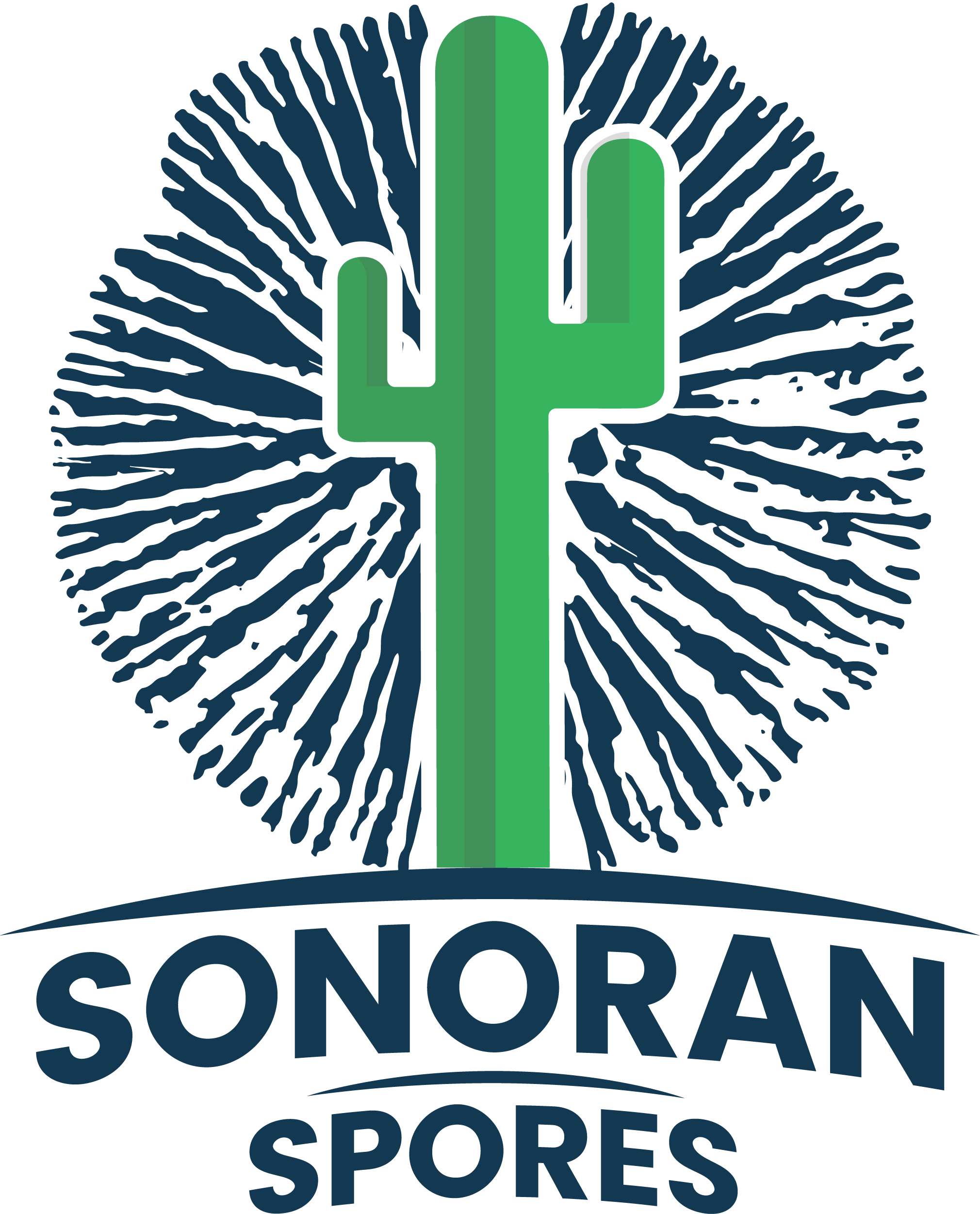
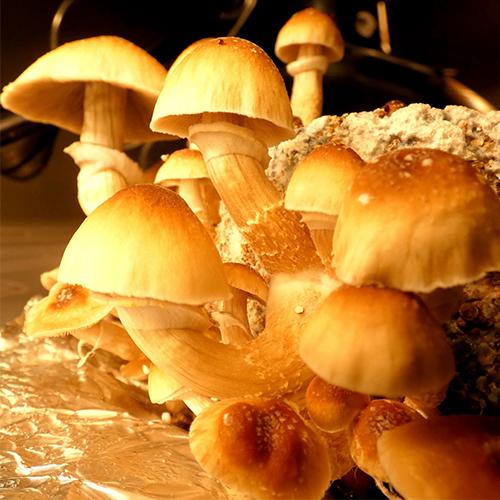
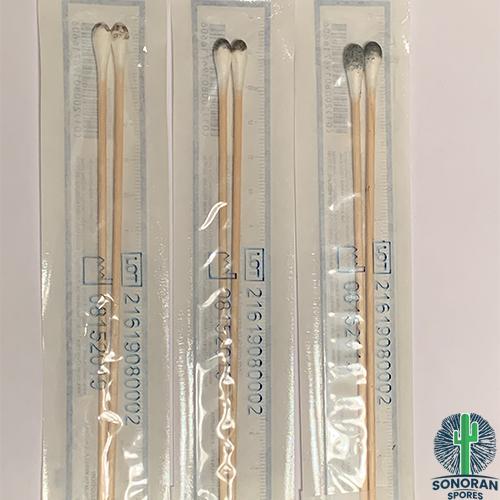
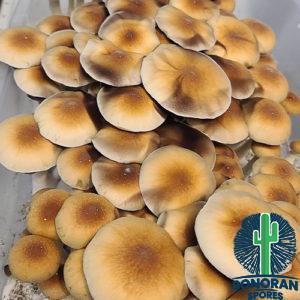
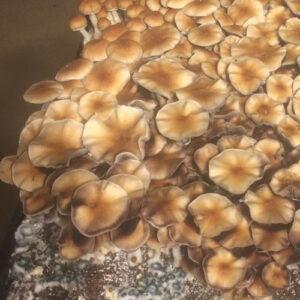
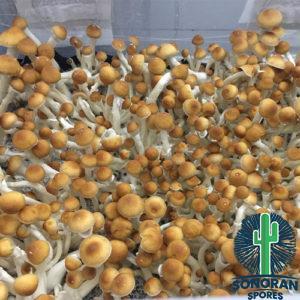
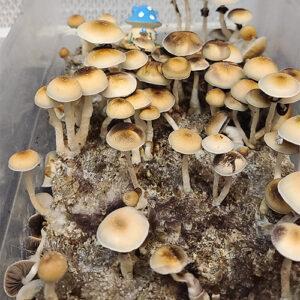
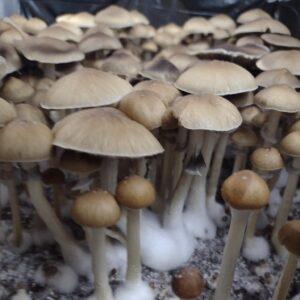
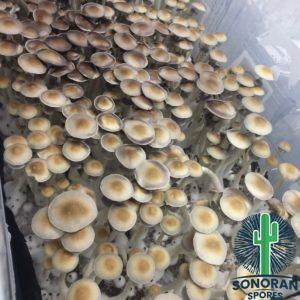
Reviews
There are no reviews yet.